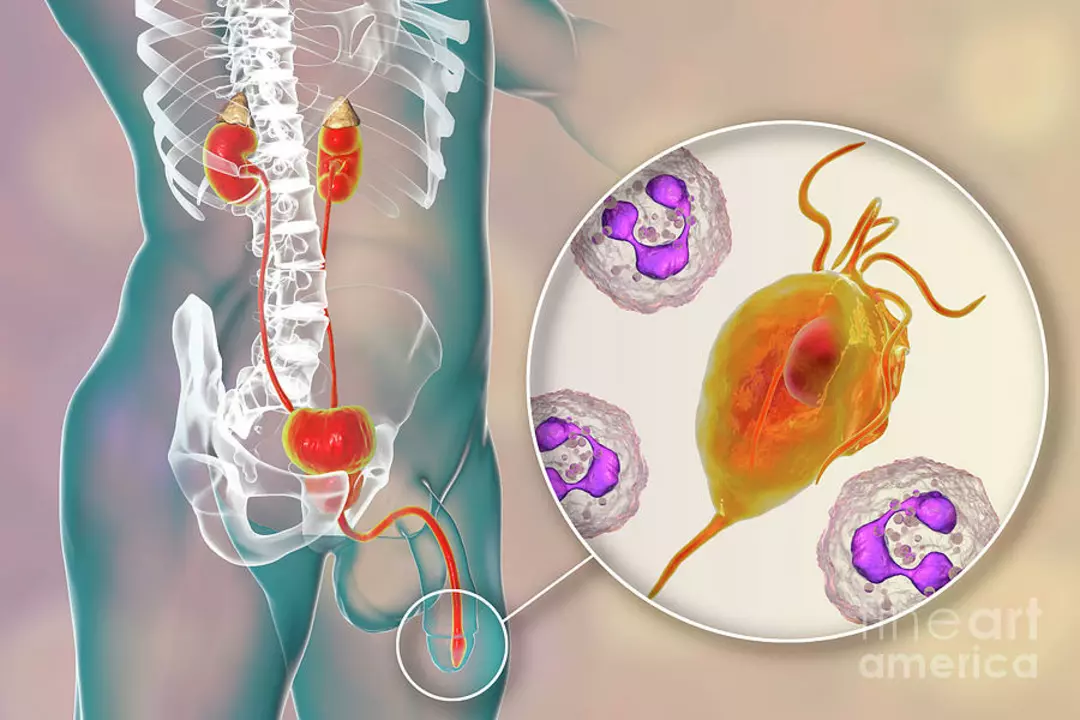As a blogger, I wanted to shed some light on Trichomoniasis and its impact on men's health. Trichomoniasis is a common, yet lesser-known, sexually transmitted infection caused by a parasite. While it often goes unnoticed in men, untreated Trichomoniasis can lead to serious health complications such as prostate issues and infertility. It's important for men to be aware of the symptoms, which may include itching, burning, and discharge, and to seek prompt medical attention if they suspect they might have this infection. Ultimately, practicing safe sex and getting regularly tested for STIs is the best way to maintain good sexual health.
Infection: Spot It, Treat It, and Buy Medicines Safely
Infections can be simple annoyances or medical emergencies. Know the common signs—fever, swelling, spreading redness, pus, sudden worsening—and act fast. Early recognition saves time and prevents complications.
When to see a doctor
If you have a high fever, rapidly spreading redness, breathing trouble, severe pain, confusion, or fainting, go to urgent care or the ER. For milder symptoms, call your primary care provider if signs don’t improve in 48–72 hours, or if you need antibiotics for things like strep throat, a urinary tract infection, or a diagnosed bacterial skin infection. Don’t guess about antibiotics: viral infections don’t respond to them and taking antibiotics unnecessarily causes side effects and resistance.
If you’re on chronic meds, pregnant, or immunocompromised, contact your clinician earlier. They’ll decide tests (like cultures) or choose the right drug and dose for your situation.
Quick antibiotic basics you’ll actually use
Some antibiotics you’ll hear about often: Zithromax (azithromycin) for certain respiratory and skin infections, Ceftin (cefuroxime) for ear, throat, and some sinus or skin infections, and Flagyl (metronidazole) for anaerobic bacterial or certain parasitic infections. Each drug has specific uses, side effects, and interactions. For example, avoid alcohol with metronidazole and be careful about drug interactions with azithromycin if you have heart rhythm issues.
Always follow the full prescribed course. Stopping early can leave some bacteria alive and breed resistance. If side effects are bad—severe diarrhea, allergic reaction, rash, or swelling—stop the drug and call your provider right away.
Want to manage mild infections at home? Rest, fluids, fever control (acetaminophen or ibuprofen if safe for you), warm compresses for localized abscesses, and wound cleaning help a lot. But use these only when a clinician confirms no urgent need for antibiotic therapy.
Shopping for meds online? Be careful. Only use pharmacies that require a prescription for prescription drugs, show clear contact info, and have verifiable reviews. Compare pill images, expiration dates, shipping policies, and return rules. Avoid sites selling popular antibiotics without any prescription or medical screening.
Look into cost-saving options like prescription savings clubs or verified coupon services if price is the barrier. If an online pharmacy seems cheaper but hides details, walk away—fake or mislabeled meds can be dangerous.
Final practical tip: keep a list of your current meds and allergies on your phone. If you need treatment fast, sharing that list with any provider (online or in person) prevents dangerous interactions and speeds up safe care.

